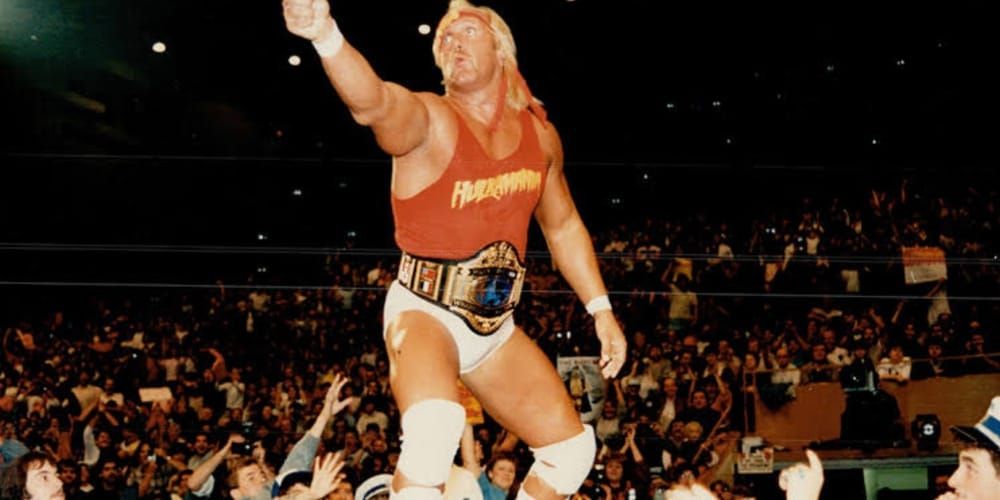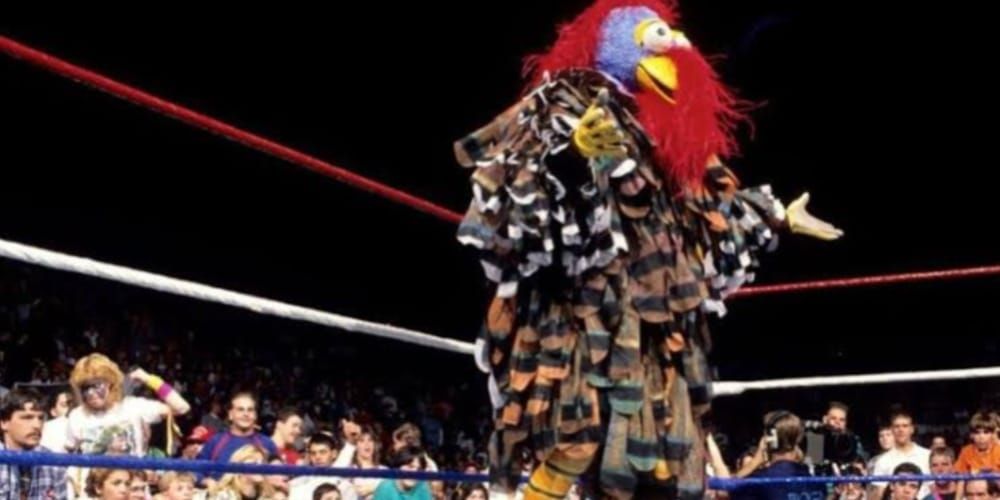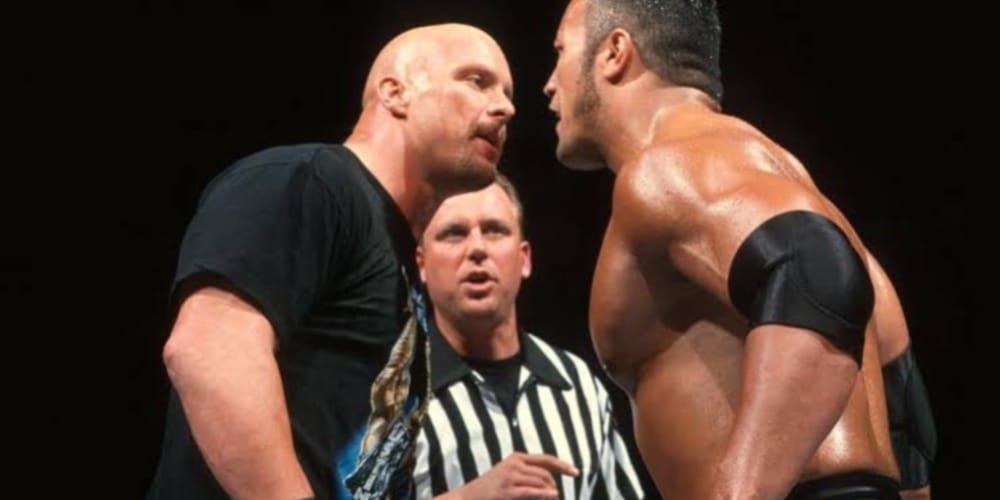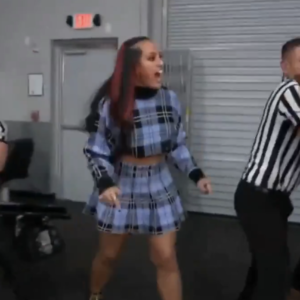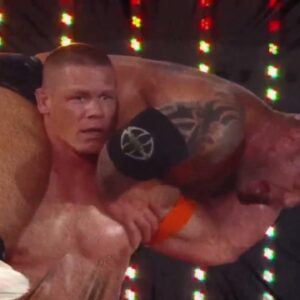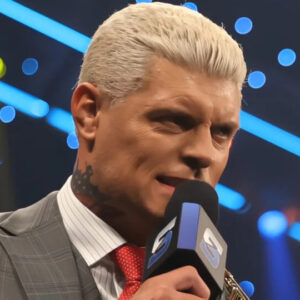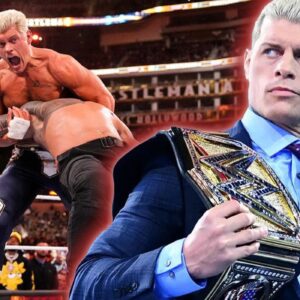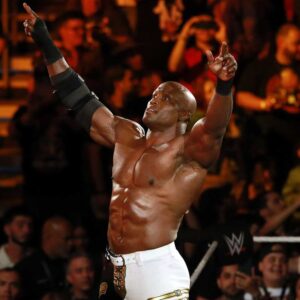Key Takeaways
- Key takeaways from the article:
- WWE faced challenges in the early and mid-1990s as it struggled to adapt to a cultural shift in audience tastes and a decline in popular stars from the previous decade.
- The ill-fated New Generation Era saw WWE sticking to outdated gimmicks and characters, leading to declining popularity, financial struggles, and negative publicity from a steroid scandal.
- WCW emerged as a formidable competitor by capitalizing on WWE’s struggles and adopting a more realistic and edgier approach, leading to an intense rivalry between the two promotions known as the Monday Night Wars. WWE eventually embraced the rebellious spirit and edgier content, giving birth to the massively successful Attitude Era.
In the annals of WWE‘s illustrious history, the early and mid-1990s stand as a period shrouded in uncertainty and challenges. Emerging from the meteoric rise of the 1980s, marked by the iconic Hulkamania era, WWE found itself at a critical crossroads as the 90s dawned. With the winds of cultural change blowing through the wrestling landscape, the company faced a struggle to comprehend the evolving tastes of its audience. While many fans think of the Attitude Era when it comes to the 90s they often forget to delve into the enigmatic era when WWE grappled with the aftermath of the 80s boom, the ill-fated New Generation Era, and the emergence of a formidable competitor that pushed the promotion to the brink.
Transitioning From The 80s Mega-Boost
The 1980s were truly a golden age for WWE, with Hulkamania at its peak, Hulk Hogan’s larger-than-life personality captivating audiences worldwide. The charismatic “Macho Man” Randy Savage and other iconic stars further solidified WWE’s position as the premier professional wrestling promotion. The company thrived on the formula of presenting superheroes in the squared circle, appealing to a broad audience, including families and children. However, as the 90s arrived, WWE faced the challenge of navigating a cultural shift that called for more realistic and relatable characters. The dawn of the 90s saw the rise of alternative rock music, grunge fashion, and a general disillusionment with the larger-than-life personas that had defined the 80s.
WWE’s reliance on the formula that had brought them immense success in the 80s proved difficult to replicate with a new generation of wrestlers. Many of their big stars from the previous decade, such as Hulk Hogan and Randy Savage, had aged and were gradually stepping away from the spotlight, or had jumped ship to WCW. The lack of fresh, innovative ideas further exacerbated WWE’s difficulties. The promotion clung to the outlandish gimmicks and cartoonish characters that had worked well in the 80s, but fans were growing tired of the stereotypical portrayals of wrestlers as clowns, dentists, or other exaggerated personas.
RELATED: 10 Forgotten WWE Moments From The 1990s Nobody Talks About
The Attitude Era was not the only era in the 90s, as it happened at the end of the 90s. As WWE entered the early and mid-1990s, it faced one of the most challenging periods in its history – the New Generation Era. Having bid farewell to the extravagant ’80s and the era of larger-than-life characters, WWE attempted to introduce a new generation of talent to the wrestling world. Unfortunately, their approach at the time turned out to be a recipe for disaster, leading to declining popularity and financial struggles. In the New Generation Era, WWE attempted to replicate the success of the 1980s by relying on the familiar formulas of over-the-top gimmicks and cartoonish characters. The company introduced wrestlers like Doink the Clown, a sinister and mischievous clown, and Isaac Yankem, DDS, a wrestling dentist with a bizarre persona. While such characters might have worked in the past, the changing times demanded a more sophisticated and realistic portrayal of wrestling talent.
The cultural landscape of the early 1990s was undergoing a significant transformation. The audience was becoming more interested in darker and edgier themes, aligning with a shift in pop culture. WWE’s failure to recognize this change in audience tastes led to a disconnect between the promotion and its fans. As the New Generation Era struggled to gain traction, WWE faced a decline in its profits. The absence of compelling storylines and characters resulted in reduced ticket sales, lower pay-per-view buy rates, and waning fan interest. Adding to their woes, a steroid scandal rocked the wrestling world in the early ’90s, leading to a federal investigation into the use of performance-enhancing drugs in the industry. The negative publicity from the trial further damaged WWE’s reputation and financial stability.
RELATED: 10 Controversial Stories That Rocked The Wrestling World In The 1990s
The Rise Of WCW And The Need For WWE To Change
During the early and mid-1990s, World Championship Wrestling (WCW) emerged as a formidable competitor to WWE. Led by media mogul Ted Turner and backed by the financial might of Turner Broadcasting System, WCW posed a serious threat to WWE’s dominance in the wrestling industry. WCW had its finger on the pulse of the changing wrestling landscape, and it capitalized on WWE’s struggles by adopting a new approach that resonated with the audience. At the heart of WCW’s success was the shift towards a more realistic and edgier product, a stark departure from the outlandish gimmicks and larger-than-life personas that WWE clung to during the New Generation Era. WCW wrestlers portrayed characters that felt authentic, with traits and storylines that blurred the lines between traditional babyfaces and heels.
The Monday Night Wars, a fierce television ratings battle between WWE’s Monday Night Raw and WCW’s Monday Nitro, intensified the competition between the two promotions. Nitro often featured shocking moments, unexpected heel turns, and engaging storylines that kept viewers glued to their screens. This momentum led WCW to a remarkable 83-week streak of beating WWE in the ratings, a feat that was previously unimaginable. However, WWE’s fortunes started to change when they finally recognized the need for a radical shift in their product. In 1997, WWE started to embrace the rebellious spirit and edgier content that WCW had capitalized on. The Attitude Era was born, characterized by a no-holds-barred, in-your-face style of storytelling. The Attitude Era proved to be a massive success for WWE. Ratings soared, pay-per-view buy rates hit record highs, and the company’s popularity extended beyond the world of wrestling. WWE became a cultural phenomenon, attracting mainstream attention and reaching unprecedented levels of success.
